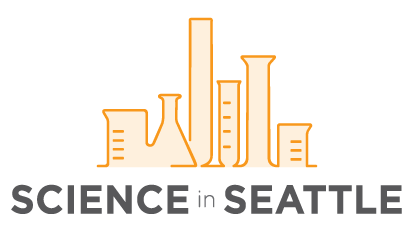When the next deadly pandemic flu hits, the first challenge will be to develop a vaccine. But looming behind that obstacle is another: How to get an inoculation to millions of people without inadvertently exacerbating the crisis.
After all, droves of people — some who might already be sickened — who flock to health centers for a shot could be a potent way for the infection to spread.
On the 100th anniversary of the influenza pandemic of 1918 that sickened a third of the world’s population and killed 50 million people, vaccine researchers are urgently searching for new approaches to prepare for the next pandemic — a threat that most public health officials consider inevitable. A new study provides proof of concept for a solution that could upend the traditional centralized model, in which health professionals give injections at clinics.

